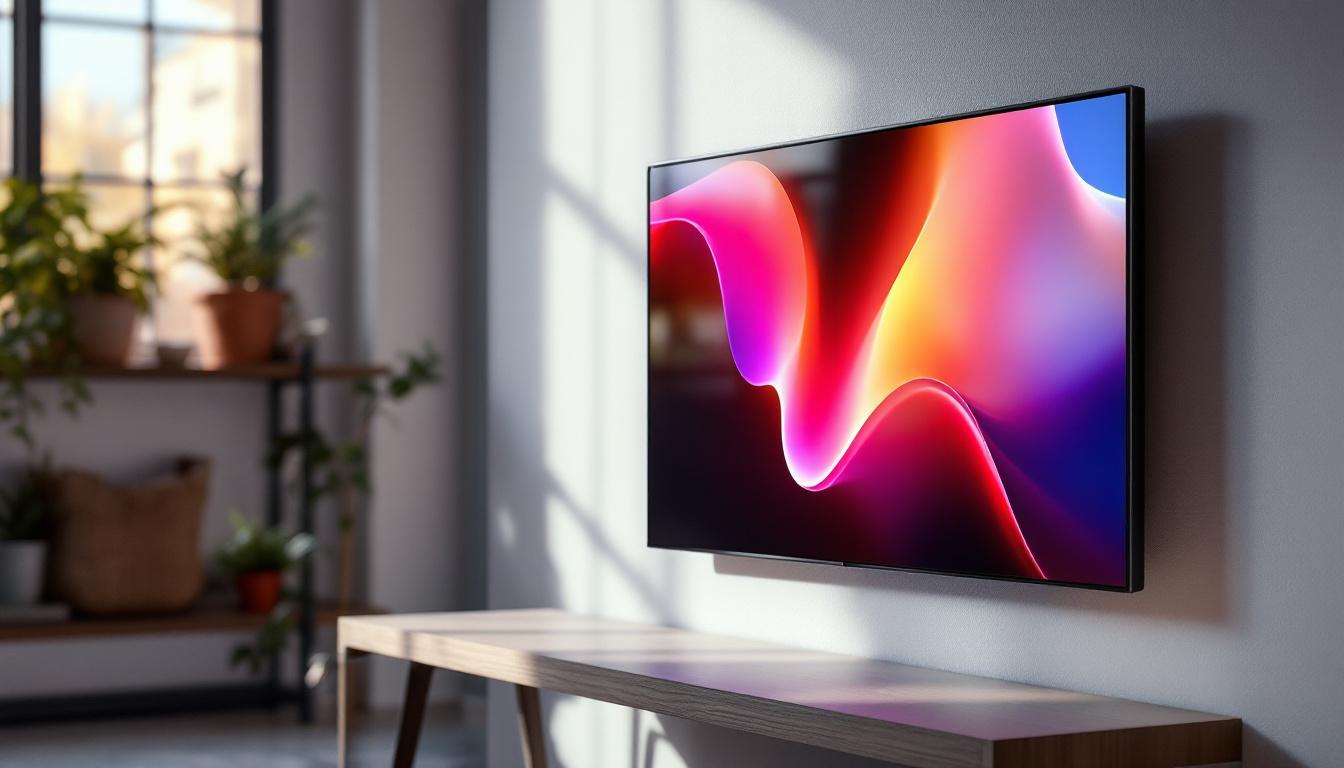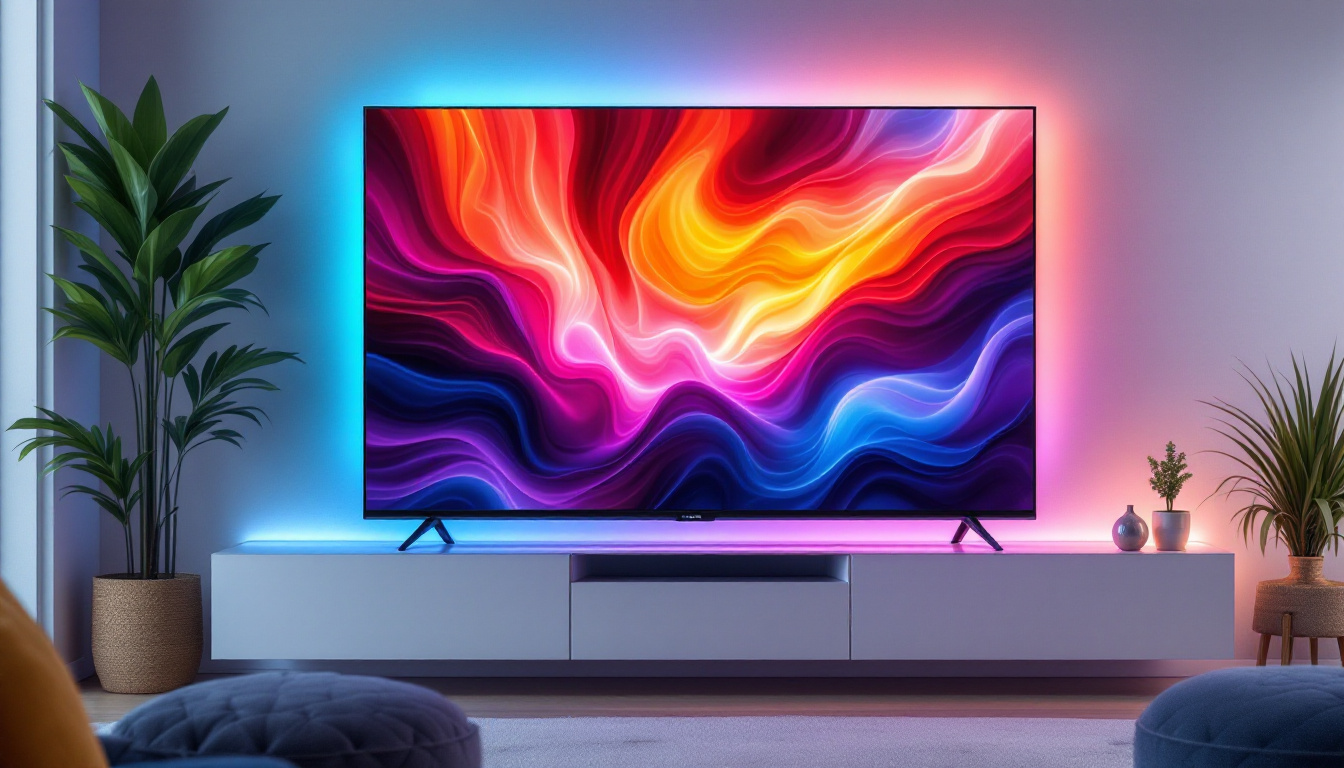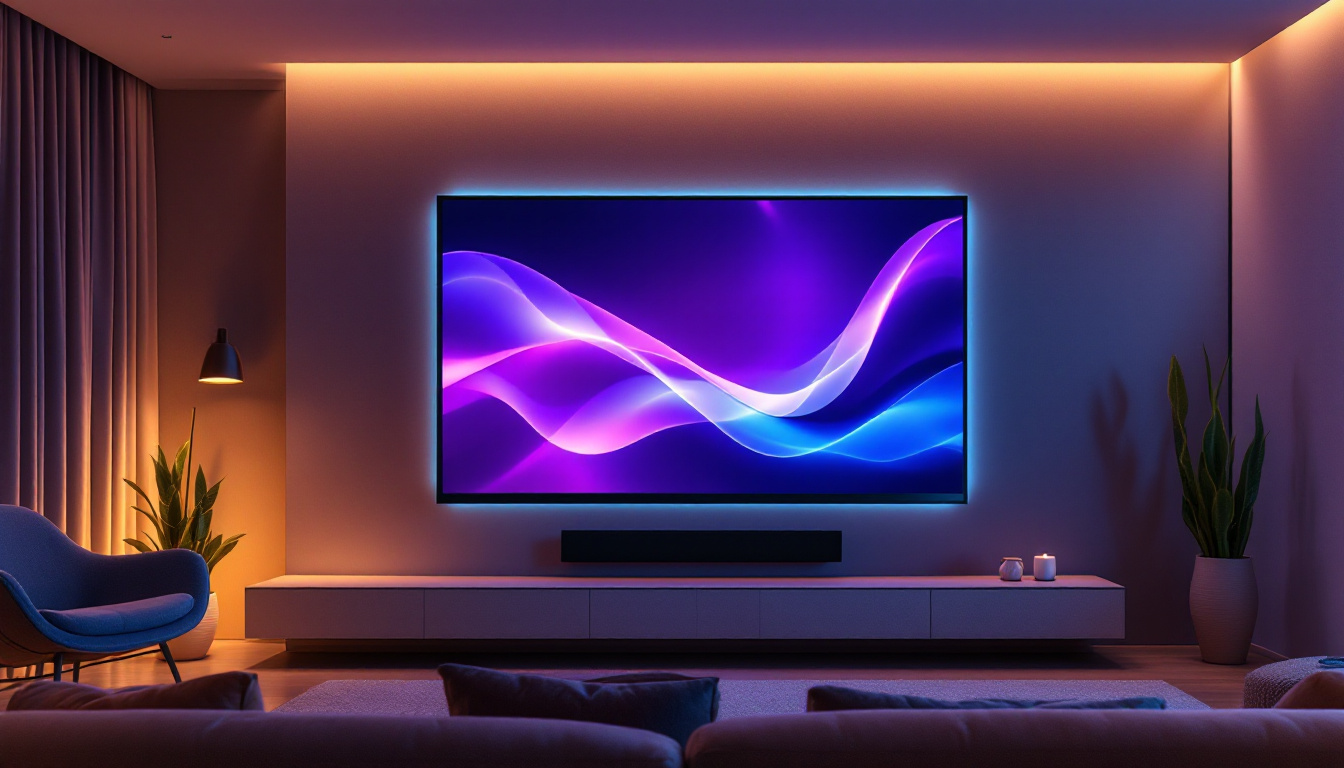In the world of modern technology, the terms “LCD” and “LED” are frequently encountered, often leading to confusion among consumers. Understanding the differences between these display technologies is essential for making informed decisions when purchasing televisions, monitors, or any other display devices. This article will delve into the intricacies of LCD and LED displays, explaining how they work, their advantages, disadvantages, and the various applications they serve.
Understanding LCD Technology
LCD, or Liquid Crystal Display, is a technology that uses liquid crystals to produce images. These displays are widely used in televisions, computer monitors, and smartphones due to their lightweight and thin profile. The fundamental principle behind LCD technology involves manipulating light to create images. Over the years, LCD technology has evolved significantly, leading to improvements in image quality, energy efficiency, and overall user experience, making it a staple in modern electronic devices.
How LCD Works
At the core of an LCD display are liquid crystals, which are substances that exhibit properties of both liquids and solids. When an electric current passes through these crystals, they align in such a way that they either block or allow light to pass through. This alignment is crucial for the display of images. The intricate arrangement of these liquid crystals is controlled by a matrix of thin-film transistors (TFT), which enables precise control over each pixel on the screen, resulting in sharp and vibrant images.
LCD screens are typically backlit, as liquid crystals do not emit their own light. The backlight, usually made of fluorescent or LED lights, illuminates the crystals. The combination of the backlight and the liquid crystals creates the images that are visible on the screen. In recent years, advancements in backlighting technology, such as the introduction of edge-lit and full-array local dimming, have further enhanced the contrast and color accuracy of LCD displays, providing users with a more immersive viewing experience.
Advantages of LCD Displays
One of the primary benefits of LCD displays is their energy efficiency. Compared to older technologies like CRT (Cathode Ray Tube), LCDs consume significantly less power, making them a more environmentally friendly option. Additionally, LCD screens are thinner and lighter, which allows for more versatile design options, especially in portable devices. This portability has contributed to the widespread adoption of LCD technology in laptops and tablets, where space and weight are critical factors.
Another advantage is the sharpness and clarity of images. LCD technology provides high resolution and excellent color reproduction, making it ideal for applications that require detailed visuals, such as graphic design and video editing. The ability to produce high-definition images has also made LCDs popular among gamers and movie enthusiasts, who seek out displays that can deliver stunning visuals with accurate color representation. Furthermore, the durability of LCD screens, which are less prone to screen burn-in compared to OLED displays, adds to their appeal in various settings.
Disadvantages of LCD Displays
Despite their many advantages, LCD displays do have some drawbacks. One notable issue is the limited viewing angles. When viewed from the side, colors may appear washed out, and contrast can diminish. This can be particularly problematic in larger screens where multiple viewers are present. Manufacturers have been working on technologies such as IPS (In-Plane Switching) to mitigate this issue, offering better color consistency and wider viewing angles, but these solutions can sometimes come at a higher cost.
Additionally, LCDs can suffer from motion blur, especially in fast-moving images, which can detract from the viewing experience in action-packed films or video games. This is due to the response time of the liquid crystals, which can lag behind fast-moving content. Lastly, the backlighting can sometimes lead to uneven brightness across the screen, affecting the overall picture quality. Innovations like quantum dot technology and advanced dimming techniques are being explored to address these issues, promising to enhance the performance of LCD displays in the future.
Exploring LED Technology
LED, or Light Emitting Diode, technology is often associated with LCD displays, as it is commonly used as a backlight for these screens. However, LED displays can also refer to a different type of technology that uses LEDs to create images directly, known as OLED (Organic Light Emitting Diode). Understanding the nuances between these technologies is crucial for consumers.
How LED Works
In an LED display, each pixel is made up of tiny LEDs that emit light when an electric current passes through them. This technology allows for greater control over brightness and color, as each pixel can be turned on or off independently. This results in deeper blacks and a wider color gamut compared to traditional LCDs.
LED technology can be divided into two main categories: edge-lit and full-array. Edge-lit LED displays have LEDs positioned along the edges of the screen, while full-array displays have a grid of LEDs behind the screen. Full-array displays typically offer better contrast and uniformity in brightness.
Advantages of LED Displays
One of the standout features of LED displays is their superior contrast ratio. Since individual pixels can be turned off completely, LED displays can achieve true blacks, enhancing the overall image quality. This is particularly beneficial for watching movies in dark environments.
Moreover, LED displays are known for their vibrant colors and higher brightness levels, making them suitable for a variety of lighting conditions. This versatility is one reason why LED technology has become the preferred choice for many consumers.
Disadvantages of LED Displays
Despite their advantages, LED displays are not without their challenges. One of the primary concerns is the cost. LED technology can be more expensive than traditional LCDs, especially for high-end models with advanced features.
Additionally, while LED displays offer better viewing angles than traditional LCDs, they can still experience some limitations in this area. Color accuracy may vary when viewed from extreme angles, which can be a drawback for larger viewing setups.
Comparing LCD and LED Displays
When deciding between LCD and LED displays, it is essential to consider various factors, including image quality, energy efficiency, and cost. While both technologies have their merits, they cater to different needs and preferences.
Image Quality
In terms of image quality, LED displays generally outperform traditional LCDs. The ability of LED technology to produce deeper blacks and more vibrant colors makes it a preferred choice for many consumers. However, high-quality LCDs can still deliver excellent image quality, especially those utilizing advanced technologies like IPS (In-Plane Switching) panels.
Energy Efficiency
Both LCD and LED displays are energy-efficient compared to older technologies. However, LED displays tend to have a slight edge due to their ability to control individual pixels, which can reduce power consumption in darker scenes. This efficiency can lead to lower electricity bills over time, making LED displays a more sustainable option.
Cost Considerations
Cost is often a significant factor for consumers. Traditional LCD displays are typically more affordable than their LED counterparts. However, as technology advances, the price gap is narrowing. It is essential to evaluate the features and specifications of each display to determine the best value for your needs.
Applications of LCD and LED Displays
Both LCD and LED displays have a wide range of applications across various industries. From consumer electronics to professional settings, these technologies play a crucial role in delivering visual content.
Consumer Electronics
In the realm of consumer electronics, LCD and LED displays are ubiquitous. Televisions, smartphones, tablets, and laptops commonly utilize these technologies. The choice between LCD and LED often comes down to personal preference, budget, and intended use.
For instance, gamers may prefer LED displays for their superior response times and color accuracy, while casual viewers may find high-quality LCDs sufficient for their needs.
Professional Applications
In professional environments, the choice of display technology can significantly impact productivity and performance. Graphic designers, photographers, and video editors often opt for high-end LED displays that offer accurate color reproduction and wide viewing angles. These features are critical for ensuring that the final product meets industry standards.
Additionally, in corporate settings, LCD and LED displays are used for presentations, digital signage, and video conferencing. The clarity and brightness of these displays enhance communication and engagement during meetings and presentations.
Healthcare and Education
In healthcare, LCD and LED displays are utilized in various applications, including patient monitoring systems and imaging equipment. The clarity and detail provided by these displays can be crucial for accurate diagnoses and patient care.
In education, interactive LCD and LED displays have transformed the classroom experience. These technologies facilitate engaging learning experiences, allowing educators to present information dynamically and interactively.
The Future of Display Technology
As technology continues to evolve, the future of display technology looks promising. Innovations such as MicroLED and MiniLED are emerging, offering even greater brightness, contrast, and energy efficiency. These advancements may further blur the lines between LCD and LED technologies, creating new possibilities for consumers.
MicroLED Technology
MicroLED technology utilizes tiny micro-sized LEDs to create images, offering exceptional brightness and color accuracy. Unlike traditional LED displays, MicroLEDs do not require a backlight, allowing for thinner and more flexible designs. This technology is expected to revolutionize the display industry, providing consumers with unparalleled visual experiences.
MiniLED Technology
MiniLED technology is a step forward in backlighting for LCD displays. By using smaller LEDs for backlighting, MiniLEDs can enhance contrast and reduce blooming effects, resulting in a more vibrant image. This technology is already being integrated into high-end televisions and monitors, promising improved performance for consumers.
Conclusion
In conclusion, understanding the differences between LCD and LED displays is essential for making informed decisions when purchasing display devices. Both technologies have their advantages and disadvantages, catering to different needs and preferences. As the industry continues to innovate, consumers can expect even more exciting developments in display technology. Whether choosing an LCD or an LED display, the key is to evaluate individual requirements and select a product that best fits those needs.
With advancements like MicroLED and MiniLED on the horizon, the future of display technology promises to offer even more options for consumers, enhancing the way we interact with visual content in our daily lives.
Discover Cutting-Edge LED Displays with LumenMatrix
Ready to elevate your visual experience with the latest in display technology? Look no further than LumenMatrix, a pioneer in LED display innovation. From captivating Indoor LED Wall Displays to dynamic Outdoor LED Wall Displays, and from versatile Vehicle LED Displays to sleek LED Poster Displays, LumenMatrix offers a comprehensive range of solutions tailored to your needs. Whether you’re looking to engage audiences with LED Sports Displays, create a unique environment with Floor LED Displays, or make a bold statement with Custom LED Displays, LumenMatrix has you covered. Embrace the future of visual communication with our All-in-One LED Display and LED Transparent Display options. Check out LumenMatrix LED Display Solutions today and transform your space into a mesmerizing visual journey.































